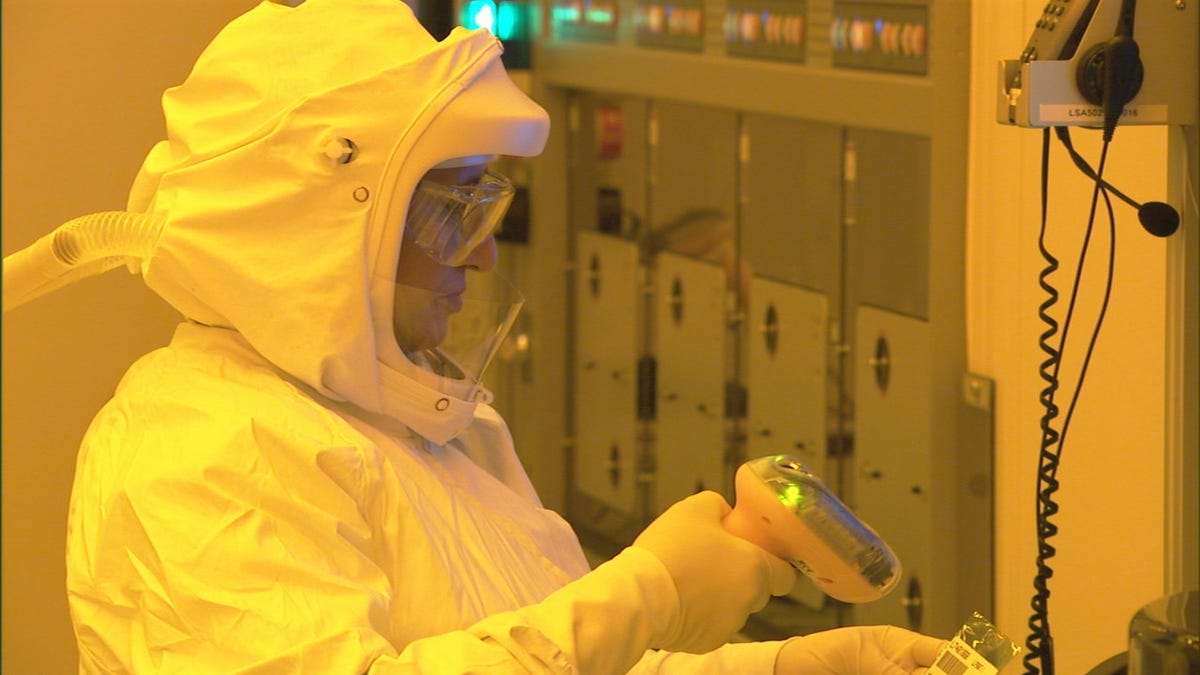Mobile Penryn: early test results
Benchmark results for the Intel Core 2 Duo T9500 mobile CPU

Intel introduced its Penryn mobile processors today, and Dell sent us a Latitude D630 with one of the new chips last week to test against an identical Latitude with a previous-generation Merom chip. As we found last year when we tested the first Penryn desktop chip, the Core 2 Extreme QX9650, performance gains aren't immediately evident. While the Penryn mobile processor we tested, the Core 2 Duo T9500, boasts a more efficient 45-nanometer manufacturing process, it really is just laying the foundation for architectural advances that Intel will release later in the year with Nehalem. Compared with the previous-generation Core 2 Duo T7800, which our second Latitude D630 test system was running, the two chips feature the same 2.60GHz clockspeed and operate on the same 800MHz frontside bus of Intel's 965 Express chipset. The Penryn chip does serve up 6MB of L2 cache to the Merom chip's 4MB--along with support for the SSE4 instruction set, which aids audio, video, and 3D processing.
On our standard benchmarks--that don't support SSE4--we saw incremental improvement at best. The Penryn system was no faster than the otherwise identical Merom system on our Photoshop CS3, Cinebench, and Quake 4 benchmarks, and we saw only a modest 12 percent bump on both our multimedia and iTunes tests. Intel last week told us we wouldn't see sizable performance gains until we started mucking about with applications with SSE4 support such as Adobe Premiere Pro CS3 and DivX Pro 6.8.
The smaller 45nm chip design should result in improved battery life, as should Deep Power Down, a new power management setting Intel released with these Penryn chips that cuts the power of the processor when it's idle. (After one battery drain test, however, we saw only an eight-minute advantage.) According to Intel, Deep Power Down will also help reduce power leakage between transistors, which becomes more of a concern each time the manufacturing process shrinks and more transistors are packed more closely together in a smaller space. Intel's shift to Hafnium-based, high-k metal gates, which Intel trumpets as the biggest change to how transistors are made in 40 years, also will help prevent transistor power leakage.
Penryn is also helping Intel get green. The chips are lead free and will be halogen free later in this year.
Mobile Penryn: pricing and specs
Intel Core 2 Extreme X9000 -- 2.8GHz, 6MB shared L2 cache, $851
Intel Core 2 Duo T9500 -- 2.6GHz, 6MB shared L2 cache, $530
Intel Core 2 Duo T9300 -- 2.5GHz, 6MB shared L2 cache, $316
Intel Core 2 Duo T8300 -- 2.4GHz, 3MB shared L2 cache, $241
Intel Core 2 Duo T8100 -- 2.1GHz, 3MB shared L2 cache, $209
Dell expects to begin shipping the Latitude D630 with the T9300 and the T9500 in February (the T8100 and T8300 won't be listed online but will be available by request). The T9300 and the T9500 will replace the T7700 and T7800 chips currently offered on the Latitude D630 for the same prices. Dell said that Penryn updates to its consumer Inspiron and XPS laptops will soon follow.

